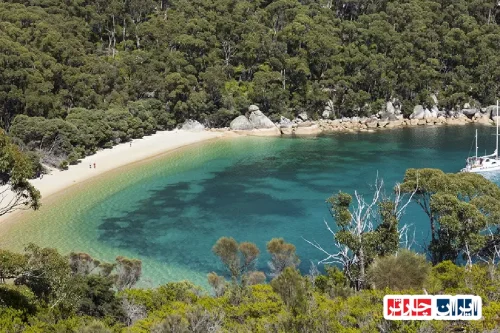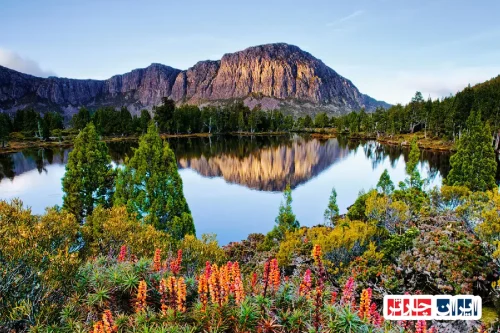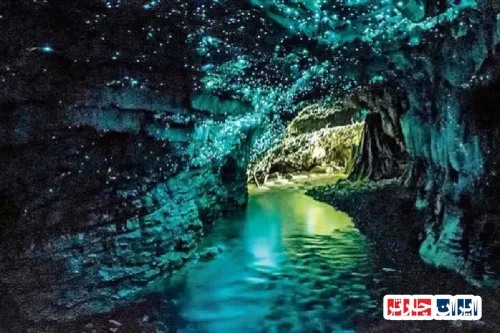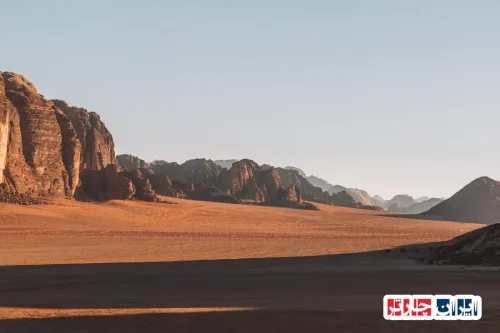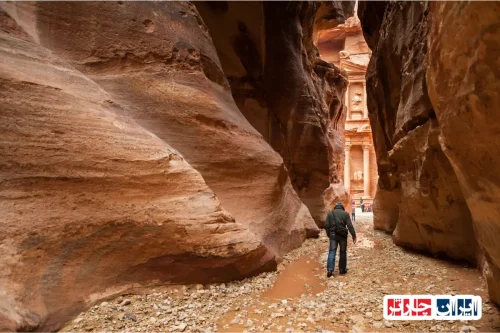Discovering the Ancient Art at Ubirr Rock in Kakadu National Park, Northern Territory, Australia
Exploring Kakadu’s Ubirr Rock Art Site Northern Territory Australia offers a unique glimpse into the rich cultural heritage and ancient artistry of Australia’s indigenous communities. This remarkable site, nestled within the vast wilderness of Kakadu National Park, showcases some of the most extraordinary rock paintings that date back thousands of years. Visitors can marvel at the intricate depictions of native animals, spiritual symbols, and ancestral stories that have been preserved on the rugged surfaces of Ubirr. The site not only provides insight into the spiritual beliefs and daily life of Aboriginal people but also stands as a testament to their enduring connection with the land. As you wander through this open-air gallery, you’ll experience a profound sense of history and cultural significance that continues to inspire and educate. The breathtaking views from Ubirr’s vantage points further enhance the experience, offering panoramic vistas of the surrounding wetlands and escarpments. Protecting this invaluable heritage requires ongoing conservation efforts, ensuring that future generations can continue to learn from and appreciate this ancient art. Whether you’re an avid history enthusiast or a curious traveler, the Ubirr Rock Art Site remains a must-visit destination that embodies the timeless spirit of Australia’s indigenous culture and natural beauty.

The Cultural and Historical Significance of Ubirr Rock Art in Kakadu National Park
Ubirr Rock Art Site in Kakadu National Park stands as one of the most ancient and culturally rich Aboriginal heritage sites in Australia, with a history spanning over 25,000 years. These remarkable artworks depict the deep spiritual connection of Indigenous Australians with the land, serving as a vital record of their ancestral stories, beliefs, and traditions. Recognized globally for its archaeological importance, Ubirr offers invaluable insights into early human life and the enduring cultural practices of the Aboriginal communities of Northern Territory.
This site symbolizes the enduring legacy of Indigenous Australians, representing their ongoing relationship with nature and their ancestors. The rock paintings and engravings narrate stories of creation, hunting, and ceremonial rites, forming an integral part of the cultural identity of the local Aboriginal groups. Preserving Ubirr’s artworks is crucial for maintaining Australia’s diverse cultural heritage and fostering understanding of Indigenous history for future generations.
Throughout centuries, Ubirr has served as a spiritual and cultural hub for Aboriginal people, playing a key role in their social and ceremonial life. Protecting these ancient artworks from natural erosion and human impact is essential, as each piece is a fragile window into the past. The site’s significance extends beyond art, embodying the collective memory and spiritual beliefs of the Indigenous communities of Northern Australia.
Varieties of Aboriginal Rock Art at Ubirr: From Ancient to Contemporary Styles
The Ubirr Rock Art Site showcases a diverse array of Aboriginal paintings, reflecting different periods and cultural influences. The oldest artworks feature naturalistic depictions of animals, humans, and mythological beings, created with traditional techniques using natural pigments derived from minerals and plants. These ancient images reveal the traditional lifestyle, spiritual beliefs, and environment of the Aboriginal ancestors of Northern Territory.
In addition to traditional art, more recent paintings display a fusion of indigenous motifs with contemporary artistic expressions, illustrating cultural evolution and ongoing storytelling traditions. The variety of styles—from detailed, realistic representations to abstract symbols—demonstrates the dynamic nature of Aboriginal art and its role in cultural continuity. This artistic diversity enhances the site’s significance as a living cultural landscape.
Techniques such as stenciling, engraving, and the use of ochre pigments have been employed over millennia, making Ubirr a showcase of innovative and enduring Aboriginal art forms. The mixture of old and new styles underscores the resilience of Indigenous culture and its ability to adapt while preserving core spiritual and cultural themes.
The Traditional Materials and Methods Used in Creating Ubirr’s Ancient Artworks
The creation of rock art at Ubirr involved meticulous techniques using natural materials available in the environment. Indigenous artists used mineral-based pigments, such as red ochre, charcoal, and white clay, which they ground into powders and mixed with water or animal fats to produce durable paints. These natural colors were applied with brushes made from plant fibers, animal hair, or fingers, demonstrating a sophisticated understanding of materials and techniques.
The process of making and applying pigments was a sacred act, often performed during ceremonial events, emphasizing the spiritual significance of the artworks. The durability of these natural pigments, combined with the skillful application, has allowed many images to survive for thousands of years despite exposure to weathering and natural erosion.
Tools such as sharpened stones, bones, and sticks were used for engraving and etching into the rock surface, creating a layered narrative of Aboriginal life and spirituality. This traditional craftsmanship reflects a profound connection to the land and a deep knowledge of natural resources, which continues to be a vital aspect of Indigenous cultural practices in Northern Australia.
The Role of Art in the Cultural Identity and Spiritual Life of Aboriginal Communities in Kakadu
At Ubirr, Aboriginal art functions as a vital expression of cultural identity, spiritual beliefs, and ancestral stories. The paintings serve as a visual language that transmits sacred knowledge, laws, and traditions across generations. They are more than mere decorations—they are living symbols of the community’s connection to the land, water, animals, and spirits.
Art plays a central role in ceremonial practices, storytelling, and teaching young generations about their heritage. The images often depict Dreamtime stories, which explain the origins of the land, animals, and humans, reinforcing social cohesion and cultural continuity. The spiritual significance of these artworks underscores their importance as a means of maintaining cultural sovereignty and resilience.
Preserving and respecting these artworks is essential for honoring Indigenous Australians’ cultural sovereignty. The ongoing practice of creating and interpreting rock art at Ubirr exemplifies the enduring relationship between Aboriginal communities and their ancestral lands, fostering pride and cultural pride among Indigenous peoples of Northern Territory.
Mythologies and Stories Embedded in Ubirr’s Rock Art
The paintings at Ubirr are rich with stories from the Dreamtime, the sacred era in Aboriginal mythology that explains the creation of the world and the laws governing life. These artworks depict legendary beings, ancestral spirits, and mythological creatures that played a role in shaping the landscape and cultural practices of Indigenous Australians.
One prominent story involves the Rainbow Serpent, a powerful creator figure symbolizing fertility, water, and life force. Its depiction in the rock art illustrates its importance in maintaining balance and harmony in the natural world. Other images narrate stories of hero figures, animals, and sacred sites, each carrying deep spiritual meanings.
These stories are transmitted orally and visually, serving as educational tools and cultural anchors for Indigenous communities. Protecting Ubirr’s rock art ensures that these ancient narratives continue to inspire and educate future generations about their spiritual heritage and connection to the land.
Contemporary Challenges and Threats to Ubirr’s Rock Art Preservation
Despite its cultural significance, Ubirr faces numerous threats from natural and human activities. Climate change has accelerated erosion, with increased rainfall and temperature fluctuations damaging the rock surfaces. Human impact from tourism, vandalism, and nearby development also pose significant risks to the preservation of the artworks.
Unregulated tourism can lead to accidental damage, graffiti, and the removal of pigments, which threaten the integrity of the site. Additionally, illegal excavations and land use changes can disturb the archaeological context of the artworks. These threats demand urgent protective measures and sustainable tourism practices.
Efforts by conservation authorities include monitoring, restricting access to sensitive areas, and educating visitors about the importance of respecting the site. Implementing strict regulations and engaging Indigenous communities in preservation initiatives are essential to safeguarding Ubirr’s cultural treasures for future generations.
Discovering Hidden Stories: Recent Archaeological Finds at Ubirr
Ongoing archaeological research at Ubirr continues to uncover new insights into its ancient history. Recent discoveries include previously unknown paintings, engravings, and artifacts that shed light on the early inhabitants’ way of life and spiritual practices. These findings deepen our understanding of the site’s significance in Aboriginal history.
Some recent excavations have revealed evidence of early habitation, including tools, pottery, and remnants of ceremonial sites. These discoveries suggest that Ubirr was not only an art site but also a vibrant center of social and spiritual activity for thousands of years.
Each new find emphasizes the importance of continued research and conservation efforts. Protecting these fragile archaeological layers ensures that the stories embedded in Ubirr’s landscape remain accessible and meaningful for future generations of scholars and Indigenous communities alike.
Interpreting and Studying Rock Art: Unlocking Hidden Histories
Interpreting Ubirr’s rock art requires a multidisciplinary approach, combining archaeology, anthropology, and indigenous knowledge. Experts analyze symbols, motifs, and techniques to understand their cultural and spiritual meanings. Collaborating with local Aboriginal communities ensures accurate and respectful interpretation of these sacred images.
Advanced imaging technologies, such as 3D scanning and pigment analysis, help uncover hidden details and assess the artworks’ condition. These scientific methods, alongside traditional knowledge, enable a comprehensive understanding of the site’s history and significance.
Studying Ubirr’s rock art not only reveals the stories of ancient peoples but also highlights the importance of preserving cultural heritage. Proper interpretation fosters appreciation and respect for Indigenous culture, ensuring that these stories continue to educate and inspire future generations.
The Role of Visitors and Authorities in Protecting Ubirr’s Cultural Heritage
Visitors to Ubirr play a vital role in its preservation. Responsible tourism, including following guidelines, not touching or defacing artworks, and respecting restricted areas, helps maintain the site’s integrity. Education programs and signage inform visitors about the significance of the artworks and the importance of conservation.
Authorities and conservation groups work together to monitor, manage, and enforce regulations that protect Ubirr. Implementing visitor limits, providing guided tours, and involving Indigenous communities in management plans are effective strategies for sustainable preservation.
Public awareness campaigns and community engagement foster a shared sense of responsibility. By respecting the cultural significance of Ubirr, visitors and officials can ensure that this irreplaceable heritage site remains preserved for generations to come.
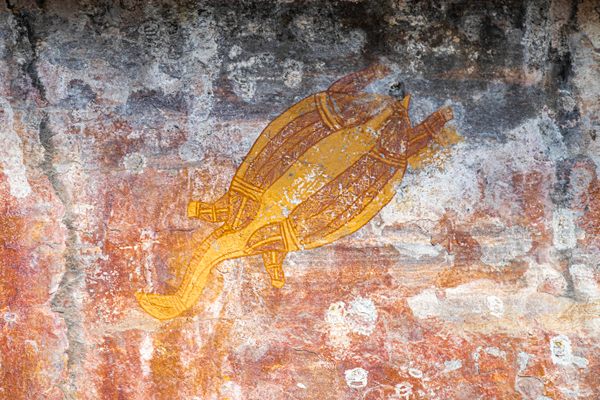
Frequently Asked Questions about Ubirr Rock Art in Kakadu National Park
- What is the historical significance of Ubirr Rock Art?
- Ubirr Rock Art is over 25,000 years old and provides invaluable insights into the spiritual beliefs, stories, and traditions of Aboriginal Australians. It serves as a vital record of their ancestral connection to the land and their cultural heritage, making it one of the most important archaeological sites in Australia.
- How do the different styles of rock art at Ubirr reflect cultural evolution?
- The artworks range from ancient naturalistic depictions of animals and humans to contemporary styles incorporating indigenous motifs and modern artistic expressions. This diversity showcases the ongoing cultural evolution and the resilience of Aboriginal storytelling traditions over thousands of years.
- What materials were traditionally used to create Ubirr’s rock art?
- Artists used natural pigments like red ochre, charcoal, and white clay, mixed with water or animal fats. Tools such as stones, bones, and sticks were employed for engraving and painting, demonstrating a deep understanding of natural resources and techniques.
- Why is rock art important for the cultural identity of Aboriginal communities?
- Rock art at Ubirr functions as a visual language transmitting sacred stories, laws, and traditions. It reinforces cultural identity, spiritual beliefs, and connection to land, water, and ancestors, playing a central role in ceremonies and storytelling.
- What stories are depicted in Ubirr’s rock art?
- The artworks depict Dreamtime stories, including the Rainbow Serpent, ancestral spirits, and mythological beings. These narratives explain creation, natural phenomena, and moral laws, serving as educational and spiritual guides for Indigenous communities.
- What are the main threats to Ubirr’s rock art preservation?
- Natural erosion caused by climate change, increased rainfall, and temperature fluctuations, along with human impacts like vandalism, graffiti, unregulated tourism, and land development, threaten the integrity of the artworks.
- How are conservation efforts protecting Ubirr’s rock art?
- Authorities monitor the site, restrict access to sensitive areas, educate visitors, and involve Indigenous communities in preservation. Regulations and sustainable tourism practices are implemented to minimize damage and ensure long-term protection.
- What recent archaeological discoveries have been made at Ubirr?
- Recent excavations uncovered new paintings, engravings, tools, pottery, and evidence of early habitation, revealing that Ubirr was a vibrant center of social and spiritual activity for thousands of years.
- How do scientists interpret the symbols and motifs in Ubirr’s rock art?
- Experts analyze the images using archaeology, anthropology, and indigenous knowledge, employing advanced imaging techniques like 3D scanning and pigment analysis to understand their cultural and spiritual meanings.
- What role do visitors play in protecting Ubirr?
- Visitors can help preserve the site by following guidelines, avoiding touching or defacing artworks, and respecting restricted areas. Education and awareness campaigns foster responsible tourism and cultural respect.
- How do Indigenous communities contribute to the management of Ubirr?
- Indigenous groups are actively involved in conservation, guiding management strategies, sharing knowledge, and ensuring that the site’s cultural significance is respected and preserved for future generations.
- What technological methods are used to study and preserve Ubirr’s rock art?
- Techniques like 3D imaging, pigment analysis, and environmental monitoring help assess the condition of artworks, uncover hidden details, and guide conservation efforts while respecting traditional knowledge.
- Why is it important to preserve Ubirr’s rock art for future generations?
- Preserving these artworks maintains a direct link to Aboriginal history, spirituality, and culture. It ensures that future generations can learn from and connect with their ancestral stories and continue cultural practices.
- What can visitors do to ensure Ubirr remains protected?
- Visitors should follow all guidelines, stay on designated paths, avoid touching artworks, and respect restricted areas. Supporting conservation initiatives and educating others also contribute to preservation efforts.








